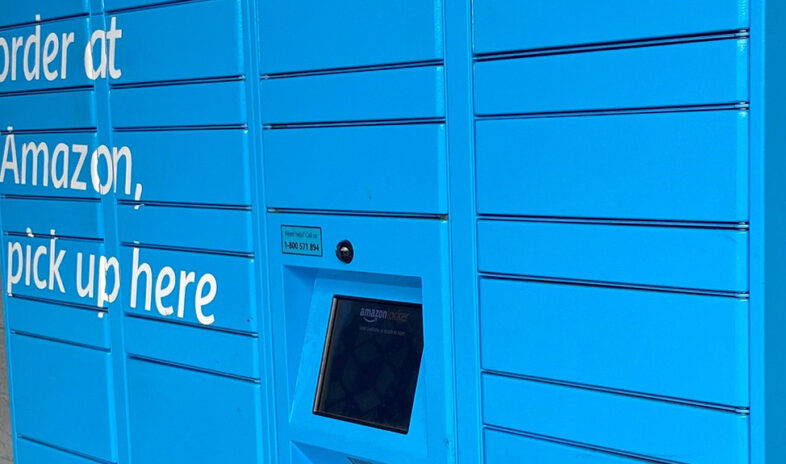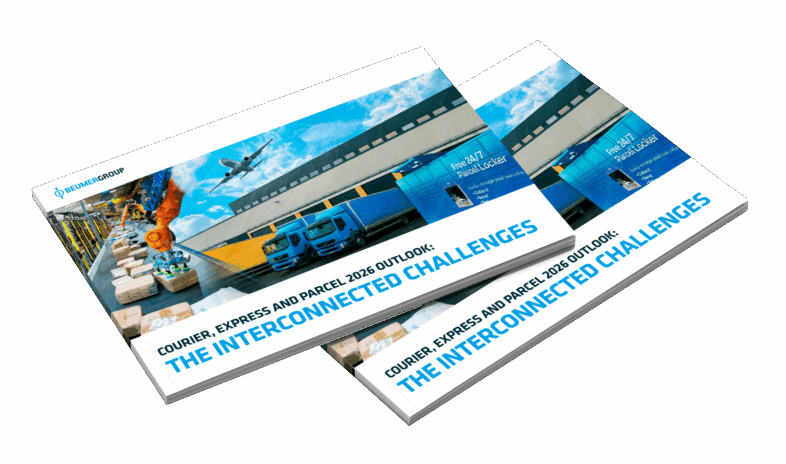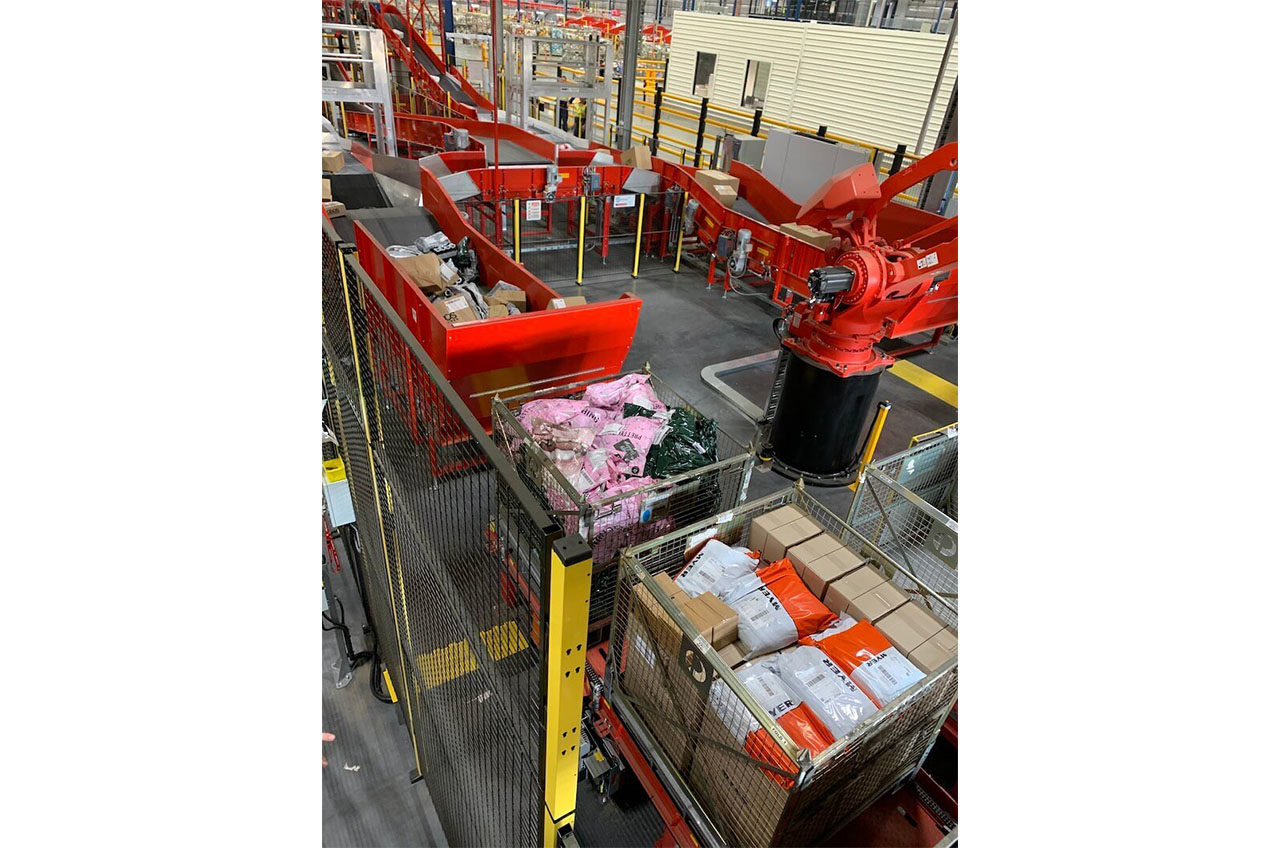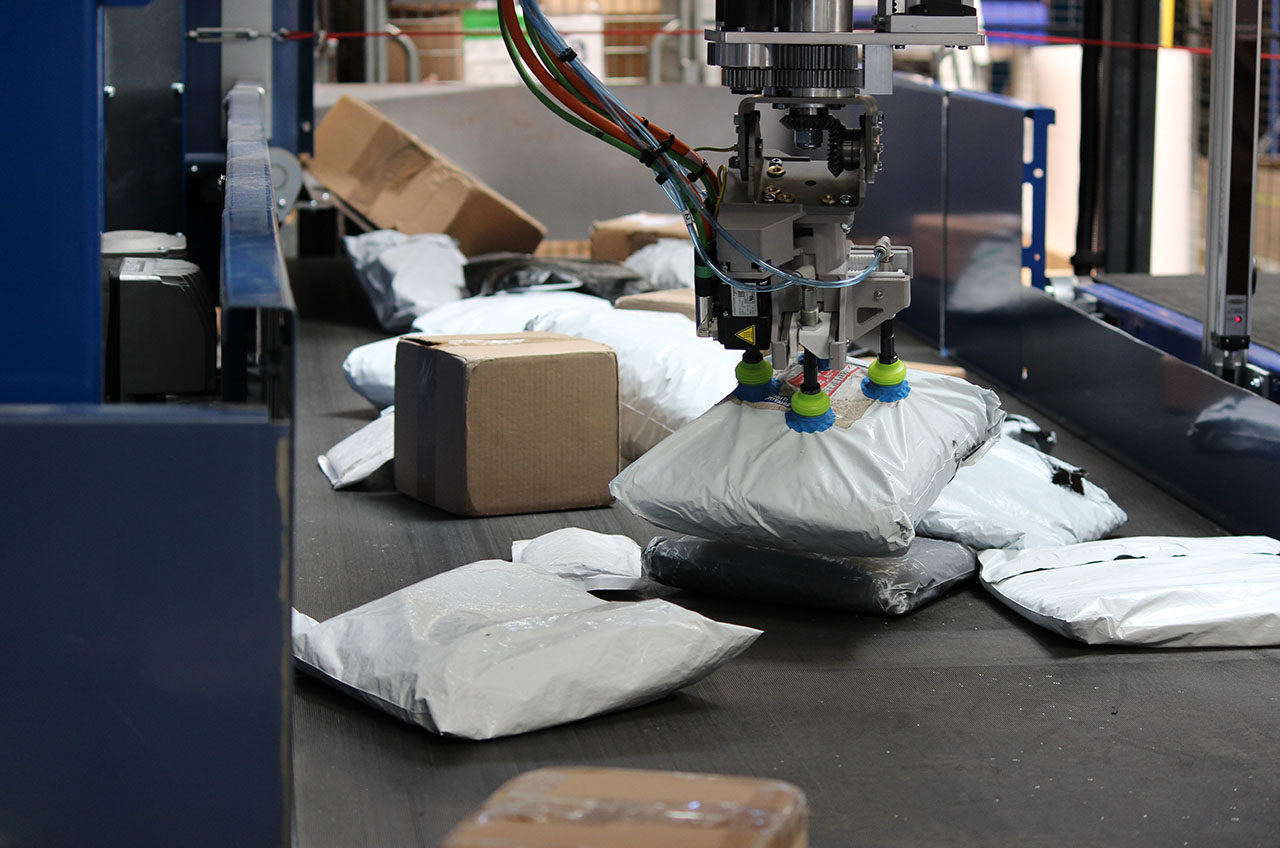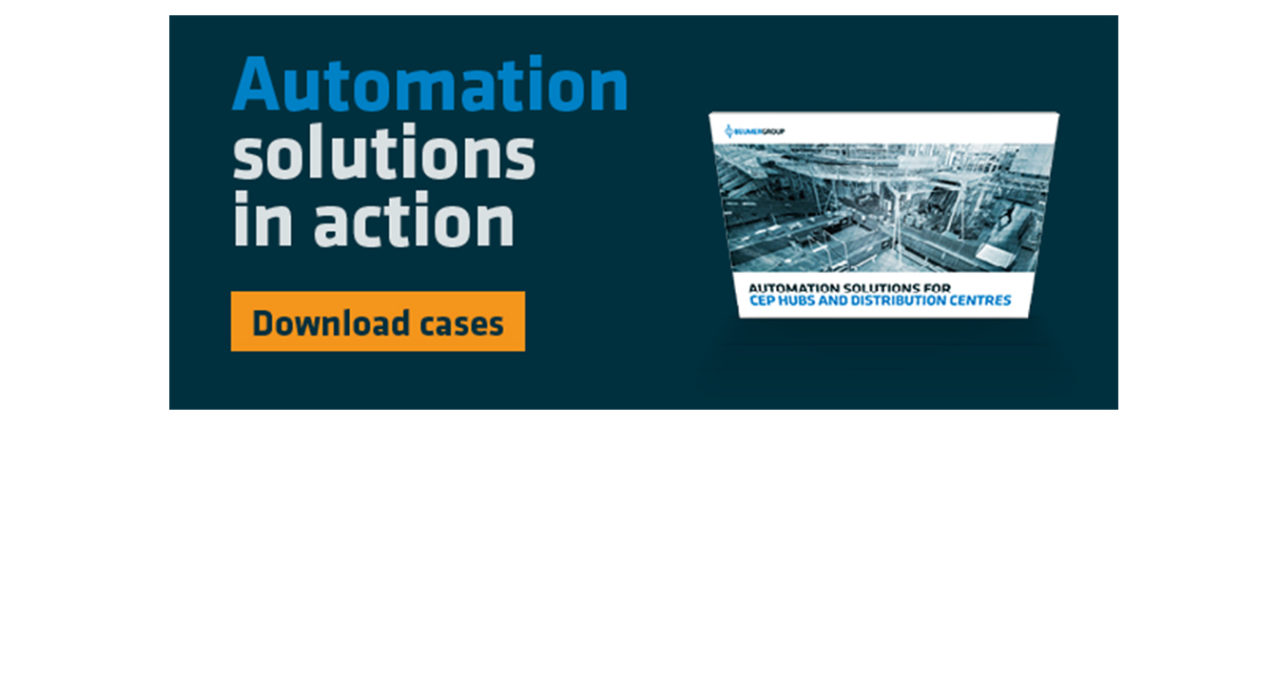The robotic solution, now being trialled at a major European parcel logistics operator, takes over traditional manual functions. With increasing ability to match human operatives, it is able to handle even the odd parcels – especially those featuring difficult wrapping, odd shapes or polybags. Their almost human-like movement means they can grab parcels at the right angle on a conveyor. And if they drop items midway, robots are able to react intelligently.
To reach this level of intelligence and handling capability, however, robots need to be taught to “think”, using a wide range of parcel profiles and other parcel-resembling items as examples. Ultimately, the machine learning reaches a point where robots can identify machinable parcels. The continuous capture of data contributes to an ever-lasting learning curve.
3. Automated guided vehicles (AGVs)
And, then of course, there are the automated guided vehicles (AGV) being integrated into distribution centres. These driver-less, unattended vehicles are being used for tasks typically performed by forklifts, conveyor systems or manual carts.
The forklift AGV is designed to perform the same functions a human-operated forklift performs, transporting large volumes of parcels throughout the facility in a repetitive manner. Software and sensors guide the movement of these self-propelled vehicles, which are designed for intelligent routing capacities and to avoid collisions.
The implementation of AGVs could potentially eliminate the need for distribution centres to source or train skilled labour for these monotonous and manual tasks, and allow trained operators to focus on other functions. AGVs offer the hub improved worker safety and resource utilisation and are a predictive and reliable solution for repetitive tasks.
Australia Post, for example, has deployed 23 AGVs in its new facility outside of Brisbane. Its robotic forklifts work seamlessly 24 hours a day to move cages of parcels around the site with no human intervention. They have also started to have a role in the inbound process by handling out-of-gauge items.
Conclusion
The true extent to which logistics robots will transform internal handling processes in parcel distribution has not yet been fully explored. But certainly, robotics are adding a powerful functionality to the handling processes and already reshaping and redefining automation. Now the technology seems to be gaining momentum and robots will hold an important key for those CEP businesses wishing to find further efficiencies, lower operating costs and additional capacity. For some regions and some large parcel hubs, robots will also alleviate the pain of sourcing staff.


